Corporate partnerships between nonprofits and for-profit businesses are becoming increasingly common as leaders seek innovative, holistic solutions to the problems that face their communities today. Does your nonprofit benefit from a corporate partnership, or are you missing out?
Corporate partnerships can unlock lots of new opportunities for your nonprofit and expand your influence in the community. Here are a few ways collaborating with a for-profit business can help your nonprofit:
Generate Revenue – Some businesses will donate to your cause in exchange for including their brand on your nonprofit’s website, advertisements, and marketing materials. This is more transactional and less a working relationship, but still important, as larger corporate donations like these may be key to sustaining and growing your programs.
Grow Your Volunteer Force – You may choose to establish an employee volunteer program with a corporate partner. Employees will have direct access to volunteer opportunities through their place of work, giving you a consistent stream of volunteers throughout the year.
Enhance Internal Operations – Businesses can provide your nonprofit with some essential skills, resources, or personnel you may be lacking. For example, a nonprofit that lacks a dedicated marketing director may gain access to a business’s marketing resources through shared personnel or skills-based volunteerism.
Reach A Wider Audience – A corporate partnership may grant you access to the business’s target audiences and networks. Through mutual promotion, your brand could be exposed to a completely untapped market (with more donations, volunteers, etc.).
Learn More About Your Community – Businesses and nonprofits operate in very different realities, so a business will most likely have a completely different perspective than you do when it comes to solving your shared problem. Tapping into a new well of expertise and knowledge can broaden your scope of the community, and equip your nonprofit to serve from a more informed place.
Move More Quickly Toward Systemic Change – Tackling a problem alone may seem simpler, but unaided progress happens much more slowly. Through corporate partnerships, you can develop a coordinated strategy together to help bring about more holistic change.
Common Corporate-Nonprofit Partnership Models
Corporate partnerships can take various forms. Some are more transactional in nature, involving donations only; while others can be transformational, involving fundamental changes in how your nonprofit operates. Consider these common corporate partnership models as you think through your options.
1. Corporate Sponsorship
In a corporate sponsorship, a business can “sponsor” an event or program financially in exchange for their logo on signage, shirts, and other marketing materials. A corporate sponsorship is the most transactional option as far as corporate partnerships go.
The benefit of a corporate sponsorship is simple: the nonprofit gets a sizable donation, while businesses get great PR. The commitment level is low for both parties in a corporate sponsorship. This can be a good option for businesses who lack the time for a more involved partnership but still want to support your cause.
2. Workplace Giving Program
Workplace giving programs are a year-round fundraising tactic that directly funnel an organization’s employees to your nonprofit for donations. Giving programs are especially beneficial for employees because they are (1) easy – employees can opt to have donations taken out of their paycheck automatically; and (2) tax-deductible. What’s more, your nonprofit can leverage the company’s matching gifts program (if there is one) to raise even more funds.
Workplace giving programs help both employees and businesses donate more to nonprofits they care about by automating the process. Be on the lookout for businesses who already have established workplace giving programs – no legwork is required, and you can start getting donations by simply joining an existing program.
3. In-Kind Donation and Skills-Based Volunteerism
Cash donations keep your nonprofit moving and growing, but they’re not the only way a business can support your efforts. Businesses can also provide nonprofits with in-kind donations of important resources, like office space and supplies. For example, your nonprofit may not have the resources to rent a dedicated office space, but a local business with unused space can donate it for your nonprofit’s use.
Likewise, skills-based volunteers can serve your nonprofit in a multitude of ways. Would your website benefit from some professional photography? Do you lack marketing expertise? Legal counsel? Partnering with a business is an easy way to connect your nonprofit to skilled professionals your nonprofit really needs.
The bottom line: partnering with a business can mean acquiring much needed in-kind donations and/or skilled volunteers. Businesses can increase their community engagement and contribute to your cause at virtually no cost. It’s a win-win!
4. Cause Marketing
Cause marketing is a comprehensive partnership between a nonprofit and a for-profit business, where both parties agree upon a mutually beneficial marketing strategy. The business demonstrates a willingness to donate and reduce revenue in support of a worthy cause. In return, they improve their public image and become part of a bigger cultural conversation, which leads to an increase in sales and customer loyalty.
The nonprofit benefits from increased exposure and an influx of funds. It’s important to note that nonprofits can improve their public perception through corporate partnerships, too – a nonprofit appears more legitimate when associated with a trusted business, and donors will feel more confident giving. (According to the 2021 Edelman Trust Barometer, people actually trust businesses more than NGOs!)
A classic example of cause marketing is the legendary partnership between American Express and The Restoration Fund. In the early 1980s, the company committed to donating a portion of every dollar spent using the card to the restoration of the Statue of Liberty. Through a combination of direct donations and increased cause exposure, the nonprofit raised $1.7 million for the restoration.
Cause marketing is a win-win for nonprofits and businesses because both stand to gain serious marketing benefits and increased profits. Through a cause marketing partnership, businesses can prove that they are socially/environmentally responsible, and nonprofits can prove that they are trustworthy; both of which are essential to appeal to the modern consumer.
Best Practices For Nonprofits Engaging Businesses In Corporate Partnerships
Of all the sectors—government, philanthropy, and nonprofit—businesses have different motivations for how and why they operate. With this in mind, how do you approach a business for a potential partnership?
1. Get The Timing Right
When seeking to partner with a business, timing is everything. In general, a business is much more likely to agree to a partnership when it is struggling or in a growth stage than when it is stable. As you look for potential business partners, try to identify which one of the 4 stages of growth they are in:
- Trouble – A company in trouble is the most likely to accept a partnership offer. They are actively looking for a change and a new direction. They may be trying to find creative ways to recoup financial loss.
- Growth-stage – A company in growth may have similar characteristics to a trouble-stage company, but it has more resources and financial support to fall back on. When seeking a partnership with a growth-stage company, it’s important to emphasize how your nonprofit can come alongside to help business operations work more effectively and efficiently, since growth-stage companies are often time-constrained. To demonstrate, read Tynesia Boyea-Robinson’s description of how her former nonprofit, Reliance Methods, entered into a partnership with Costco:
“We waited to start a relationship until the company [Costco] opened its doors in Washington, DC, because even though the business on a whole was stable, it was entering a growth mode in the local market. We knew they had to hire 200 people per store, including 100 as local hire obligations, so the opportunity was clear. We made the connection to Costco and the company relied on our support to meet the requirements of DC’s local hiring regulation.”
- Even-keel – An even-keel company perceives itself as stable and is less likely to engage in a partnership, seeing change as a potential risk. It’s still very possible to engage an even-keel company, and the key is to show them potential problems or opportunities for growth that they don’t currently see, or prove to them that growth or trouble is on the horizon. It may also be helpful, if your nonprofit has other business partners, to leverage those relationships into a new partnership.
- Overconfident – An overconfident company perceives itself as thriving and capable of heading into the future without external support. They are unlikely to engage your nonprofit initially for partnership, but don’t fret! It’s important to be patient and look out for transitions into growth or trouble stages. Meanwhile, maintain the relationship, leveraging other relationships or partnerships to share experiences with the overconfident company.
2. Address Their Needs First
When approaching a business with a partnership proposal, many nonprofits make the mistake of speaking in terms of their own needs and their own mission. You need to communicate the value of the partnership in terms of the business. Businesses need to see a real benefit to partnering with you, so it’s important to offer legitimate solutions to the tough challenges they’re facing. Here are some steps you can take to make sure your nonprofit is adequately prepared to bring solutions to the table:
- Familiarize yourself with the industry and the particular business you want to work with.
- Know their numbers and demonstrate how your nonprofit has assets that line up with their needs.
- Get a good idea of the company’s language, and try to mirror that when communicating.
- Ask plenty of questions, and have something to offer in return:
○ What are their greatest challenges? (Offer solutions)
○ What is their take on industry trends? (Offer industry knowledge)
○ What would they want out of a partnership? (Offer services)
○ What existing structures can your nonprofit plug into? (Offer support)
Writing A Nonprofit Value Proposition
One way to structure your “ask”, or your partnership proposal, is a value proposition. A value proposition, commonly known as a business value proposition in the for-profit sector, is a simple statement explaining why a customer should choose your product or service. A value proposition can be a helpful tool your nonprofit can use to communicate the value your nonprofit brings to a corporate partnership.
In the value proposition outlined below, each “value” zeros in on the business’s needs. Though you’ll have to tailor your solutions and language based on each company individually, this is a great framework to start from.
Value #1 – Increased Sales
If you hope to partner with a business, sales and the promise of increased sales are fundamental to the decision-making process. Help your potential corporate partner understand that partnering with a nonprofit can actually help increase sales by:
- Engaging new audiences
- Hooking more return customers
- Helping a business stand out in a flooded market
According to recent studies, customers expect the businesses they support to be socially responsible, and will actually choose these companies over their competitors. In one study, 87% of consumers said they would purchase a product if the company advocated for an issue they cared about, while 73% said they would refuse a product or service from a company that supported issues contrary to their own beliefs.
Value #2 – Improved Public Perception
Modern consumers expect companies to be good stewards of their resources, to act responsibly in the world, and to be more transparent about the social and environmental impacts of their products and services. To meet this rising need, more and more companies are instituting corporate social responsibility (CSR) policies, or policies that help companies meet certain ethical standards day in and day out. Partnering with a nonprofit falls along these same lines, but can do even more to benefit a company’s reputation through positive media attention and social media engagement.
Value #3 – Healthier Work Culture
In a world where many employees feel disconnected and unmotivated in their work, volunteering can build loyalty, reduce turnover, and help foster a healthier work community. By partnering with a nonprofit, businesses can provide their employees with new, meaningful ways to engage with the company while also “giving back” to a cause they care about.
Value #4 – Faster Implementation
Though some businesses may feel they need to partner with a nonprofit that has a nationally-known name (The Red Cross, WWF, etc.), the fact is that larger nonprofits require businesses to jump through a lot of hoops or donate a large sum of money to get through the door. Smaller nonprofits, on the other hand, tend to be more agile, making partnerships easier to achieve. If a business partners with you, you’ll be able to get to work on making a difference together much more quickly, and start to experience the other added benefits of the partnership more quickly too.
Corporate partnerships take time and energy to achieve, but with what your nonprofit stands to gain, it will be time and energy well spent.
.svg)


.svg)
.svg)
.svg)

.avif)
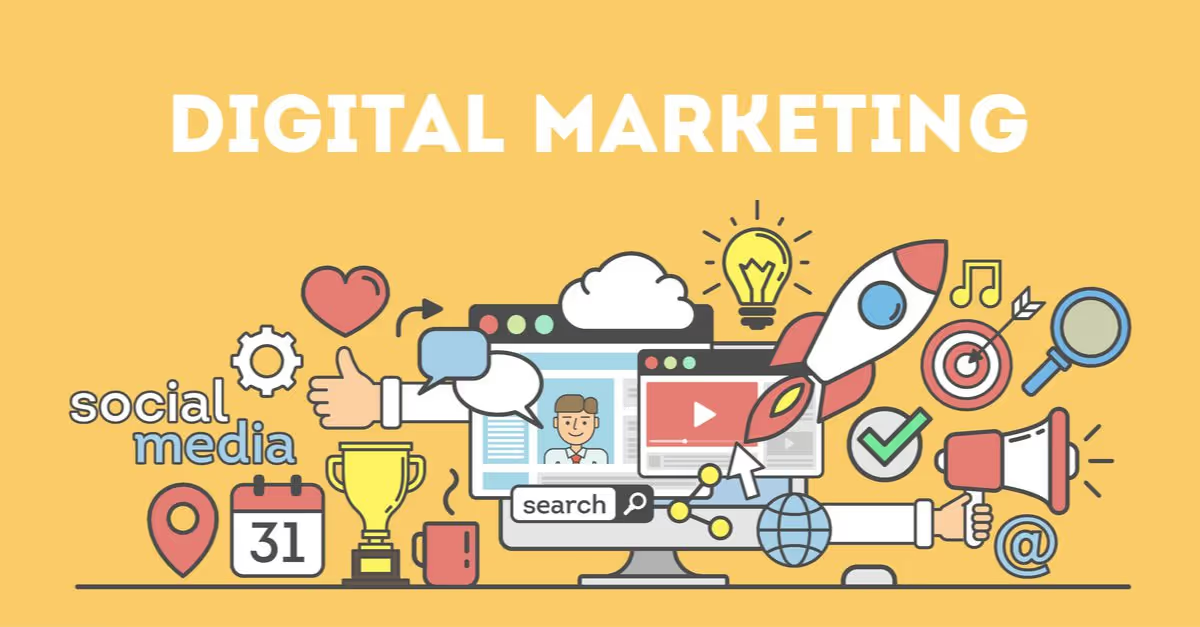



















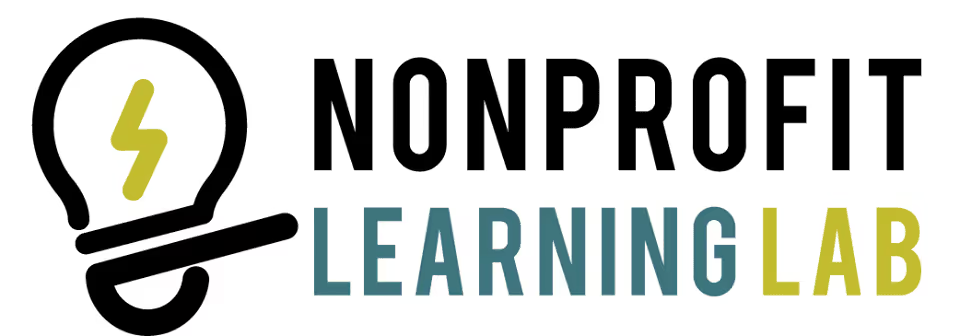











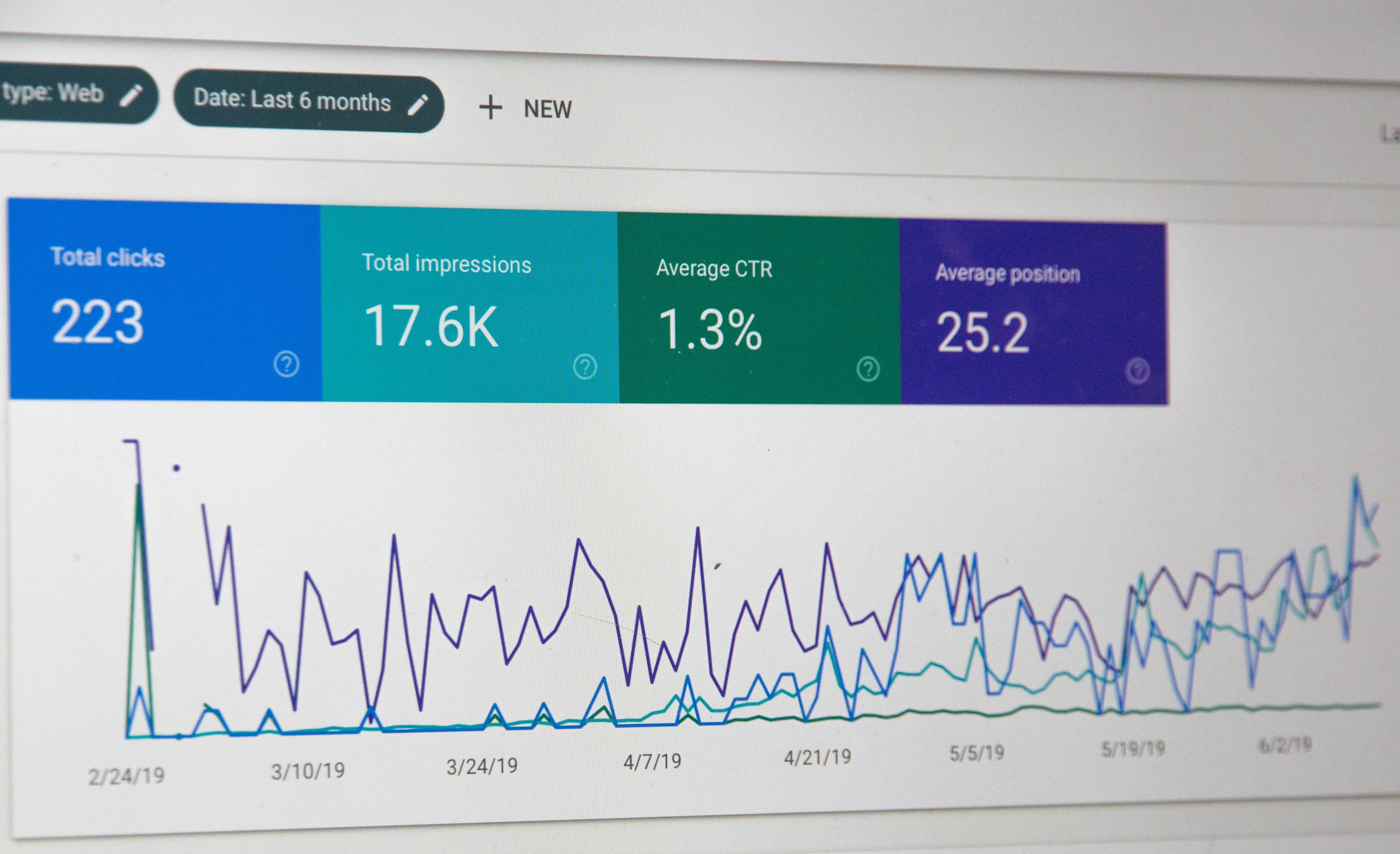





























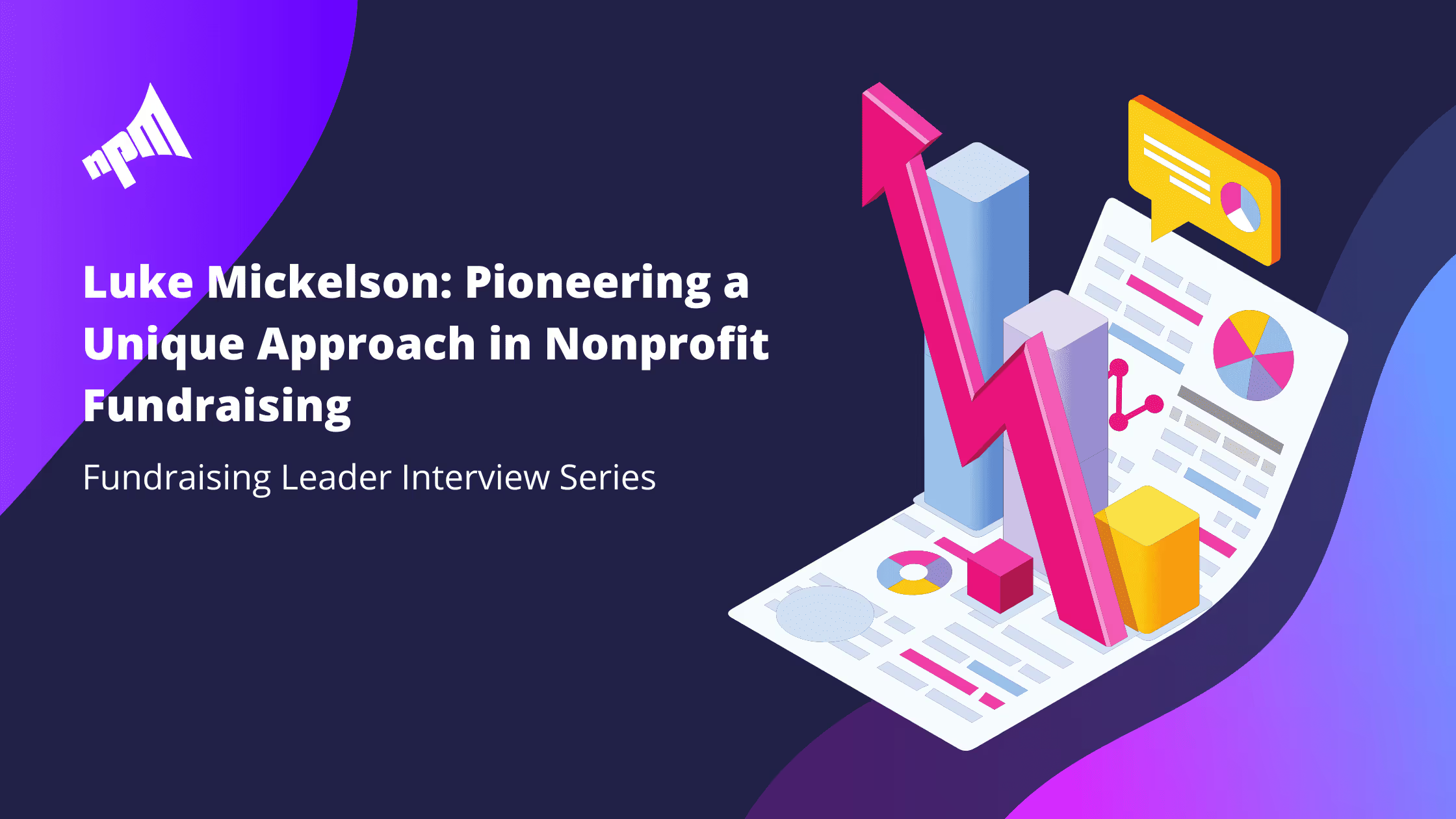




































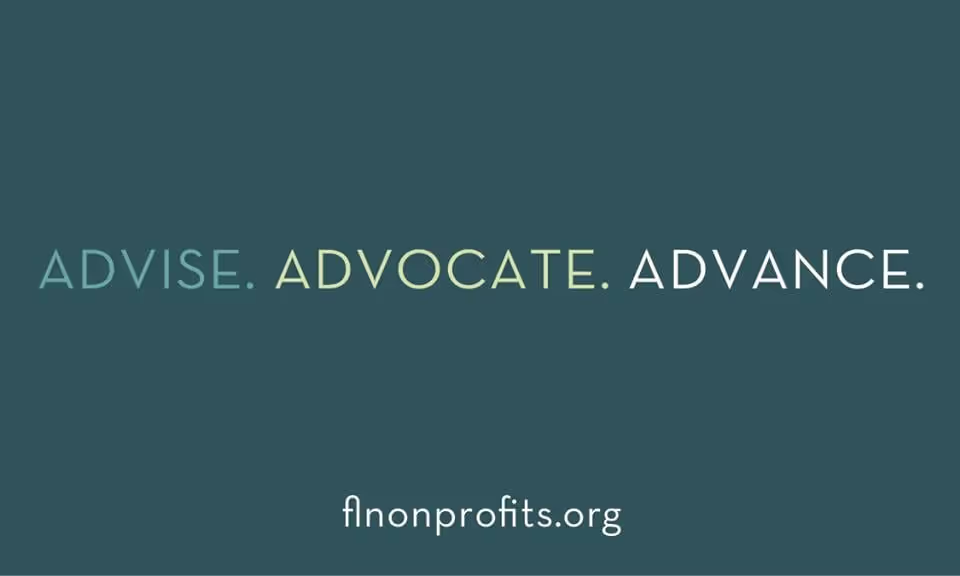



.svg)
.svg)
.svg)
.svg)